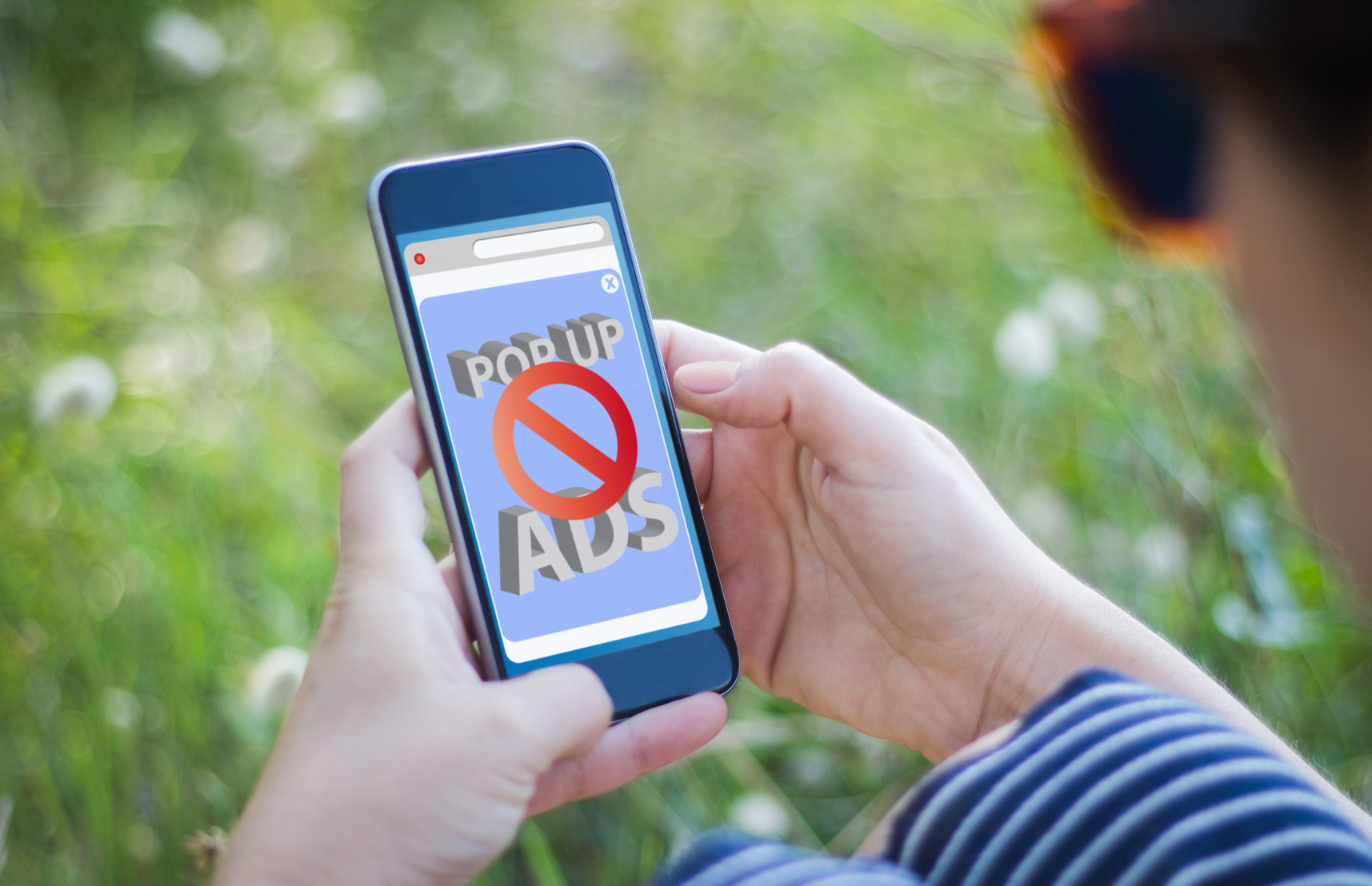Changes to Chrome Ad Blocking Could Affect Your Ad Revenue

Google Chrome’s Default Ad Blocking Could Prevent Your Ads from Showing
Back in February, Google began blocking intrusive ads by default in Chrome. As a result, publishers that repeatedly serve annoying ads after they’ve been flagged will have Chrome ad blocking turned on. That includes ads served by Google itself.
Google announced Chrome ad blocking back in June 2016 and provided additional information for publishers.
Here’s a guide to understanding Google’s move and the implications of Chrome ad blocking.
How Does a Publisher Get Flagged for Chrome Ad Blocking?
Google is using the Coalition for Better Ads standards to define bad ad experiences for users. Examples of poor ad experiences include video ads that play at full volume, flashing display ads, popups with hidden exit buttons and prestitial ads that block users from seeing content on the page.
Fortunately, anchor ads didn’t make the list. Anchor ads remain at the bottom or top of the screen regardless of how the user scrolls. In a survey of 25,000 internet users conducted by the coalition, about 85 percent of those surveyed said they found anchor ads only a little annoying or not annoying at all.
How Does Google Know You’re Doing Things Right?
Google analyzes a subset of pages from a website – and gives it a passing, warning or failing grade based on the percentage of views in the sample that contain poor experiences that don’t meet the Coalition for Better Ads standards.
According to the Coalition’s guidelines, failing thresholds are:
- 7.5 percent of page views on pages with bad ad experiences in the first two months
- 5 percent in the four months following
- 2.5 percent afterwards
Look to your Google Ad Experience Report in Google Search Console for your advertising grades. It’s important to keep track of this if you want to continue to earn ad revenue. Google will give you 30 days to fix any non-compliant ad experiences. If you fail to fix ad issues, Chrome will begin to block all ads on your website – preventing you from earning affiliate revenue.
What Happens If I Fail My Ad Test?
If a user conducts a search and lands on your site while using Chrome, the browser’s ad filter will check to see if your page is part of a site that has failed the Better Ads Standards test. If your site has a failing grade, Chrome checks the network requests for images or JavaScript against a list of known ad-related URL patterns.
The browser will then block any network request that matches that list and block the ad from displaying on your page. Your website visitors will see a message that states that the ads have been blocked and will have an option to allow ads to be shown on the site.
What to Do If You Fail the Chrome Ad Blocking Test
Publishers who have their ads blocked by Chrome can request a review from the Ad Experience Report tab after making the necessary changes to become compliant.
If you earn revenue from ads on your website, it’s important to read and understand the Coalition for Better Ads standards and act fast to become compliant. Swap out annoying ads for ads that provide a better user experience. Check your test results often to confirm your compliance and avoid getting penalized by Chrome ad blocking.
Always follow industry best practices and all applicable rules and regulations with your advertising and marketing materials. ArrowShade takes compliance very seriously. We are also here to help. For questions regarding compliance, please email us at compliance@arrowshade.com.